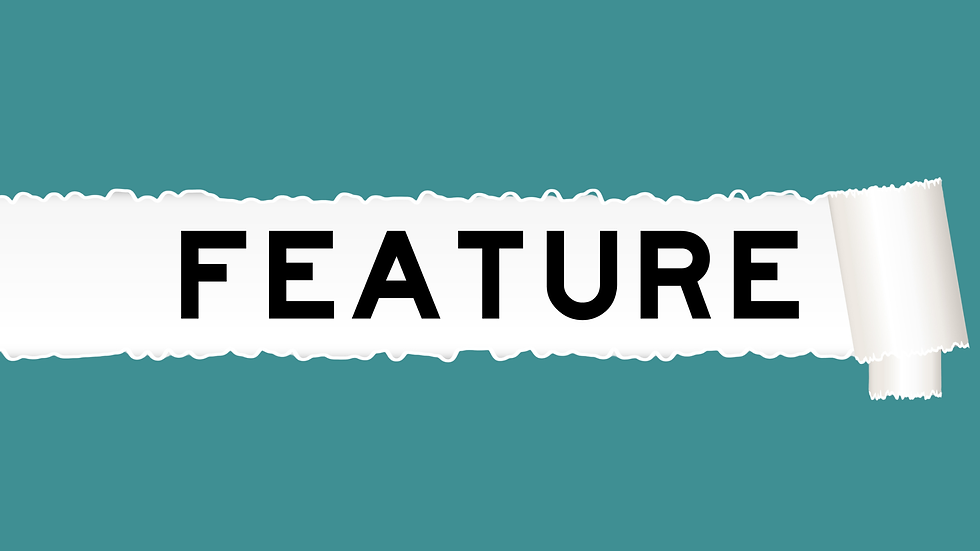Queer History as a Blueprint for Survival & Resistance
- atenmorin0
- Oct 17
- 3 min read
Updated: Oct 24

Queer History as a Blueprint for Survival & Resistance
By kelley dupps
Queer Americans have repeatedly held democratic institutions accountable for the harms they inflict on everyday queer people, and in doing so have remade law, medicine, public memory, and civic life. From the AIDS crisis to marriage equality to today’s fights for trans existence, queer movements have exposed how institutions produce exclusion and then used those same institutional levers to demand accountability and protection. That history is both a record of survival and a blueprint for resistance now.
HIV & AIDS: turning neglect into demand
In the 1980s, the government’s indifference and the medical establishment’s stigma turned a public health catastrophe into a political emergency. They delayed funding, public health agencies failed to act decisively, and mainstream medicine marginalized queer patients. In response, activists, especially Black and Brown LGBTQ+ organizers and groups like ACT UP and GMHC, forced institutions to change.
They staged direct actions at the Food & Drug Agency (FDA) and the National Institutes of Health (NIH), disrupted hearings, documented medical neglect, and built community care systems when hospitals and insurers would not. Those tactics produced concrete institutional shifts: accelerated drug approval pathways, expanded public health funding, improved clinical standards, and a new model of patient-centered advocacy. AIDS organizers and the movement that came after transformed how institutions respond to health crises and demonstrated that sustained grassroots pressure can rewrite bureaucratic priorities.
Marriage equality: law, testimony, and public narrative
The fight for marriage equality showed how courts, legislatures, and public narratives interact. Decades of organizing combined strategic litigation, ballot campaigns, and relentless personal testimony. Plaintiffs humanized constitutional claims in court, families and couples authorized media narratives that shifted public opinion, and advocates pressed legislatures and governors for change. Landmark rulings (Windsor v. New York ), culminating in Obergefell v. Hodges, did not arrive from abstraction but from sustained pressure on institutions: careful case selection, coalition-building, and persistent storytelling that made legal claims legible to the courts. Marriage equality demonstrated the power of coordinated institutional strategy combined with cultural visibility.
The fight for transgender existence: institutions as battlegrounds today
Today’s attacks on transgender people, from criminalization of care to campaigns to strip protections in schools, hospitals, and workplaces, replay older tactics while adding new administrative and surveillance tools. Rather than only criminal statutes, much of the harm now comes through rulemaking, agency guidance, school policies, insurance exclusions, and professional licensing threats. Trans lives are targeted not only by rhetoric but by the slow machinery of administrative change.
Queer history supplies both tactics and warnings. Institutions can make life legible or punishable, so defense must target administrative processes like rulemaking, regulatory definitions, licensure, and funding as well as statutes and court rulings. Visibility and testimony humanize debates and raise political costs for repression, but narrative work must be paired with litigation, regulatory engagement, professional reform, and infrastructure building.
Community infrastructure saves lives: mutual aid, community clinics, and activist-led research during the AIDS crisis, and today’s clinics, legal defense funds, rapid-response networks, and mutual aid fill gaps when institutions fail. Intersectional organizing that centers trans people of color, immigrants, disabled queer people, and other most-targeted communities is both morally necessary and strategically essential, requiring multiracial, cross-issue coalitions to protect and advance rights. That dual approach, story + systems, is how we defend lives now and make institutions answer to dignity rather than criminalization.
And our history shows the long arc does ever so slightly bend toward justice.
.jpg)


Comments